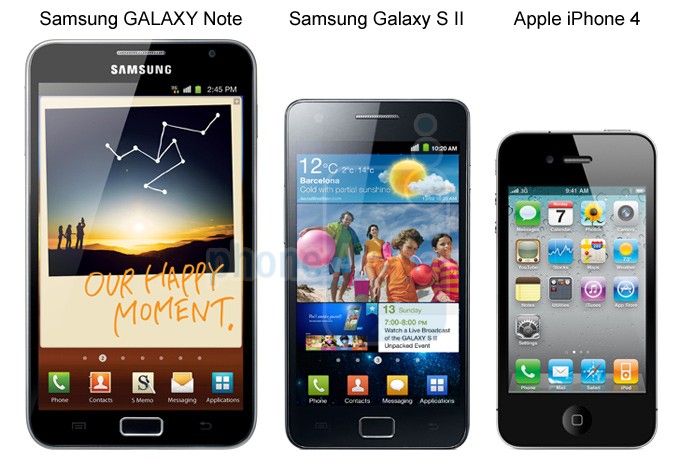 The utilization of cell phone and mobile devices to surf the internet have seen a dramatic adoption rate within the last 5 years. Long gone are the days of using bulky PC to get on the internet, as the smart phone has literally revolutionized mobile internet access for billions of users that access email, surf or while away time on a free mobile game website.
The utilization of cell phone and mobile devices to surf the internet have seen a dramatic adoption rate within the last 5 years. Long gone are the days of using bulky PC to get on the internet, as the smart phone has literally revolutionized mobile internet access for billions of users that access email, surf or while away time on a free mobile game website.
Neilson Research found that mobile internet usage is growing at 30% every year. By 2013, it is expected that there will be 134 million mobile web users in the United States alone, up from 73.7 million mobile web users in 2009.
| 3.5 inch vs 19 inch viewing screen Most conventional websites are optimized to work on PC monitors that are 19 inches or bigger (1024×768 pixels), while the most popular smart phone, the iPhone 4s offers a 3.5 inch viewing area (640×960 pixel). Pulling up a conventional website on a smart phone is not only cumbersome for the smart phone user when it comes to viewing, it can get very frustrating for the mobile user as they try to read and navigate through the site. Conventional websites are often slower to load as mobile sites are optimized to work on smart phones. On some phones, the shared amount of data from your website will fill up their memory and cause the page not to load. |
|
| Mobile search engine ranking Search engines like Google, Bing/Yahoo will index mobile content in a different manner than regular search. Search engines will serve up mobile optimized websites first over non-mobile sites when a mobile user does a search on a smart phone. Ranking on a mobile phone is easier because Google has a much smaller index of content under mobile, as this segment is still in its infancy. People who are first to market have a significant advantage. |
|
| Relevancy 75% of mobile searchers take action within 24 hours. Knowing that fact, focus on providing relevant and impactful information that will help mobile users take the desired action (web conversion or call). Offer the right balance of information on your mobile site that supports your mobile goal as opposed to a content from a 100 page thesis, all when you are trying to sell a widget. |
|
| Speed PC and mobile users share quite a few things in common and one of them is “short patience for a website to load”. The industry standard for a website to load on a PC is less than 3 seconds, while mobile users have a slightly higher tolerance, but nobody is willing to wait 15 seconds for a page to load. Internet Retailer reported in Aug 2012 that Office Depot’s mobile eCommerce site loads within 2.91 seconds while Buy.com loads in 3.66 seconds, and that rivals a PC user. The last thing you want to do it to spend money to market your website and have them leave as your site takes 15 seconds to load. |
|
| Conversion Mobile sites should be built with the understanding that mobile users are utilizing their fingers to browse and type as opposed to a mouse and keyboard. It is good to recognize that the goals of your traditional website might be different than the goals of your mobile site. If your conversion form consist of a 3-page checkout and require a lot of typing with the fingers, find a way to shorten your checkout. In some instances, companies with extremely long checkout are better off having the mobile user call the order. |